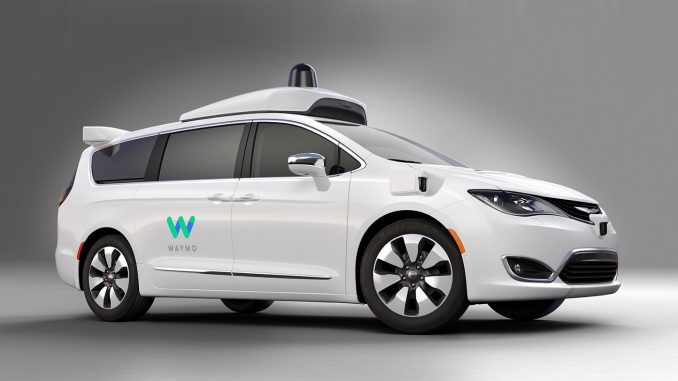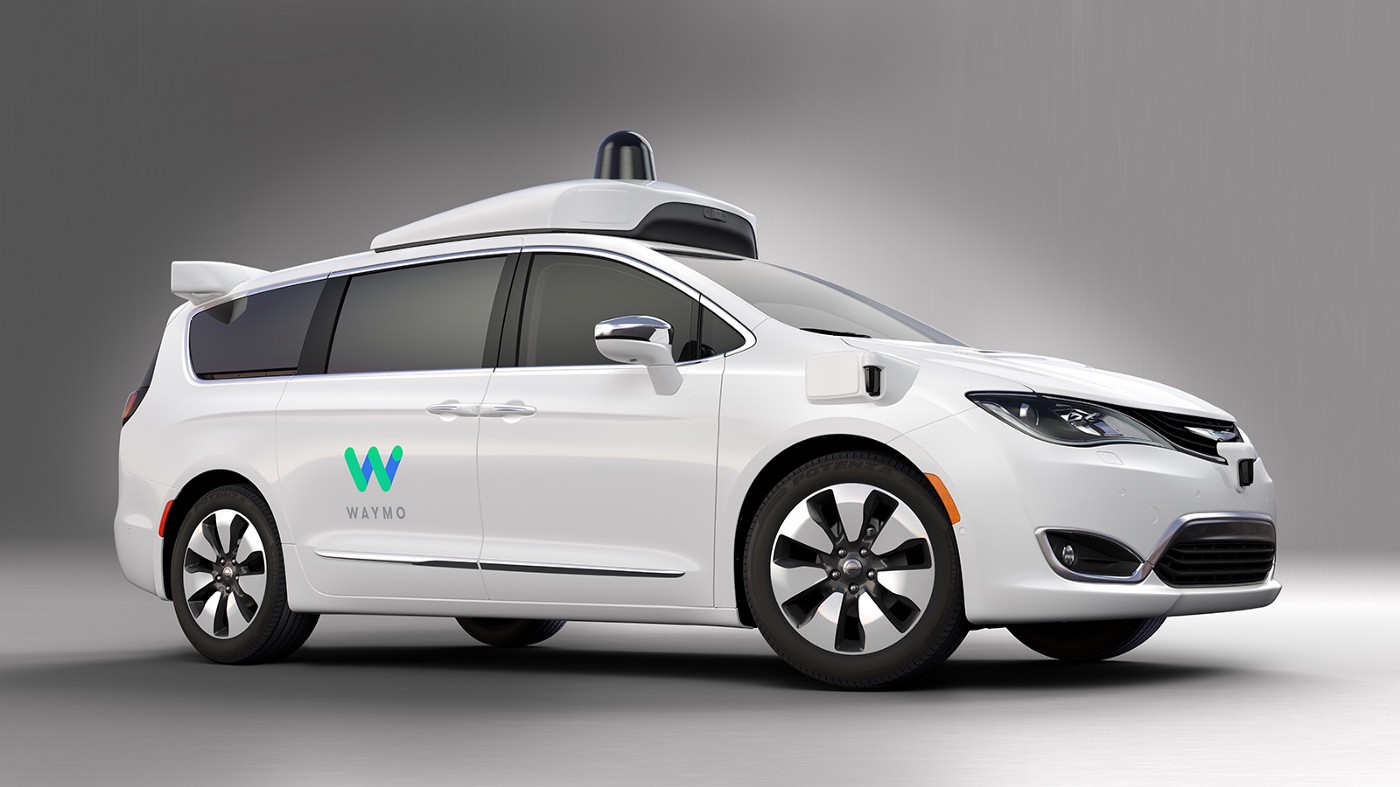
We have been hearing the clashes among the two technology giants; Google and Uber. Google has sued Uber for stealing hardware from the Waymo that is related to the driverless technology. On the other side, Waymo haven’t restrained its testing routines.

Waymo that is owned by the Google and later turned as company was intentionally developed to achieve the autonomous goals of the Google. It has successfully completed number of kilometers since it was designed. Now the engineers have are driving the car far away from the streets of the Silicon Valley and testing the Chrysler Pacifica Hybrid minivans on real off-road conditions, to be specific on snow.
Pictures of Waymo’s self driving minivans training in the snow at South Lake Tahoe, California were posted by the John Krafcik, CEO, Waymo. The public roads with snow were considered suitable for the cars. The company stated that it had been fetching the data in snowy conditions to instruct its self driving software. The condition in the climatic condition will be challenging for the driver less cars as the snow forms a layer on the roads which hides the lane markings as well confuses the system while identifying the world around it.
The similar testing was conducted in 2012 by the company under Google’s moon shot factory X, when it was just a project. The test was done with modified Lexus on the streets of Tahoe.
A year back ford also tested its vehicles in winter that was carried out in Michigan. Ford and Waymo both the companies have installed their car with LiDAR that detects light and radar that transmits minor pulses of laser which enables the vehicle to make a real-time and high definition 3D image of the surrounding it passes from. As well as LiDAR senses the objects and obstacles and also identifies the best driving route for the same.
Waymo is on boarding 100 of such self driving minivan in its fleets as part of the joint venture disclosed with Fiat Chrysler in May. It is been for the first in Automobile history that a technology company is directly working with the automaker to make autonomous vehicles.
